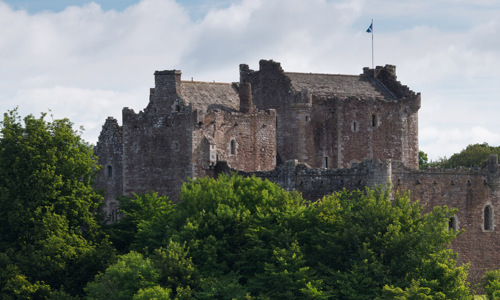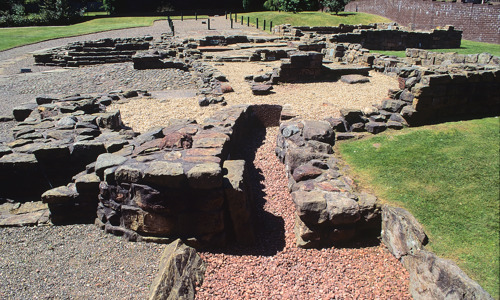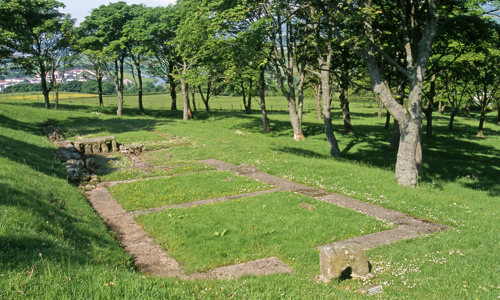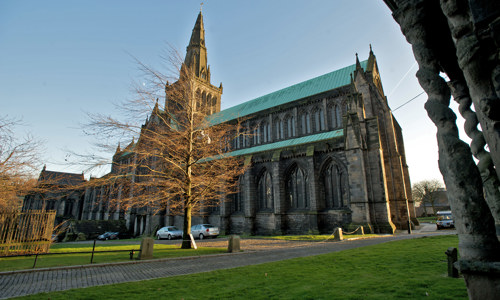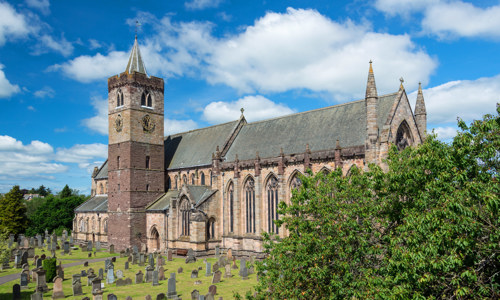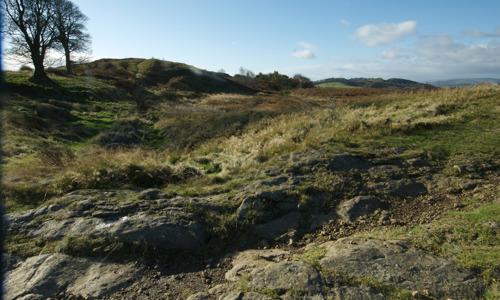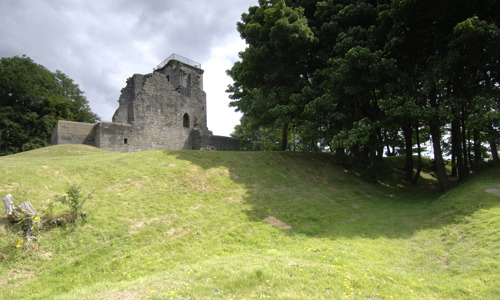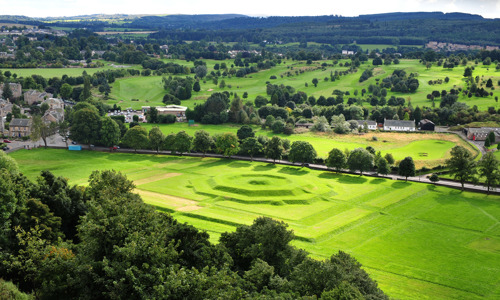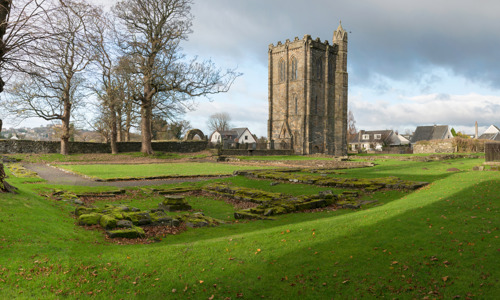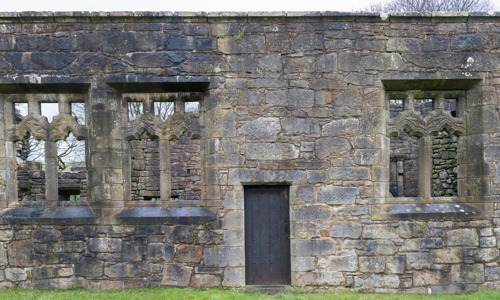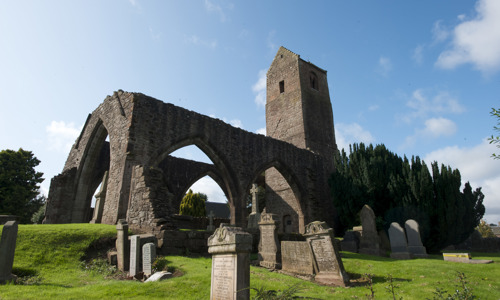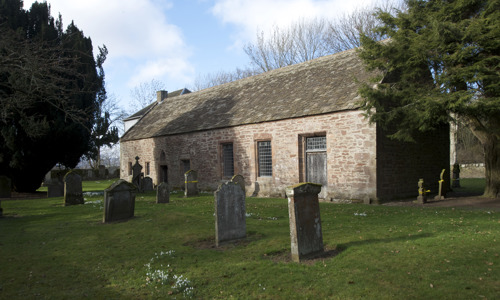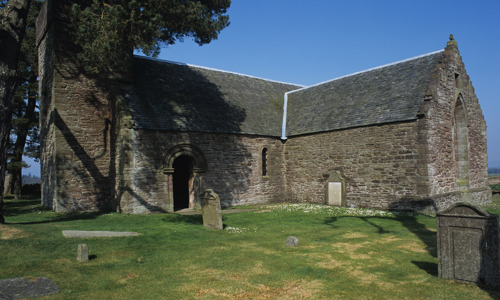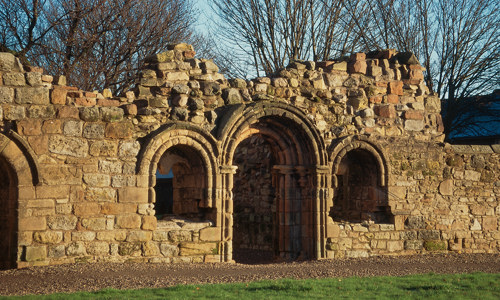History
The enchanting ruins of Inchmahome Priory stand on the largest of three islands in the Lake of Menteith.
A small community of Augustinian canons established the priory around 1238. Their founder and patron was Walter Comyn, Earl of Menteith, who had a main residence on Inch Talla, a nearby island. The Comyns were the most powerful family in Scotland at the time.
The secluded location offered:
- isolation from the secular world and peace to worship God
- solace for royal visitors as well as for the canons
The island sanctuary functioned for over 300 years. Robert the Bruce visited three times as king, and Mary Queen of Scots visited once, in 1547, aged four.
In 1560, the Protestant Reformation effectively brought monastic life at Inchmahome to an end.
The Augustinian monastery of ‘Inchmaquhomok’
The priory was built on the low-lying eastern half of the island. The Earl of Menteith kept the west half for himself, to make up for the lack of a garden on Inch Talla.
The canons built their church first. Its impressive processional doorway is very similar to the one at Dunblane Cathedral – masons may have been brought from there to work on Inchmahome.
Other notable features include the:
- bell tower in the nave
- fine fixtures in the choir such as the unusual three-seat sedilia used by priests during Mass
The cloister buildings south of the church are now largely ruined.
The chapter house in the east range, which was turned into a mausoleum in the 1600s, survives well. It houses a fine collection of carved stones, including the charming double effigy of Walter Stewart and Countess Mary in a loving embrace.
Safe haven
English forces defeated a vast Scottish army at the disastrous Battle of Pinkie (near Edinburgh) in September 1547. It was the last great conflict in the War of the Rough Wooing. This was an attempt to coerce Scotland to fulfil its agreement under the Treaty of Greenwich that Mary Queen of Scots would marry Edward VI of England.
Mary was brought from Stirling to Inchmahome for safety, with her mother Mary of Guise. She stayed for just three weeks, but there are many stories about Mary’s accomplishments during the visit. Her name is still attached to the little boxwood bower in the centre of the island.
Island paradise
Monastic life ended soon after the Reformation in 1560. The chapter house became a mausoleum for the earls of Menteith and stone was taken from the other buildings to be used on Inch Talla.
Inchmahome began a new life as a tourist attraction in the 1800s, thanks largely to the writings of Sir Walter Scott and the arrival of the railway. The influx of English visitors even inspired a name change – the Loch of Inchmahome became the Lake of Menteith.
The lake and island continue to attract many visitors. Three gnarled sweet chestnut trees thought to date from the 1500s are among the plentiful trees and flowers that surround the romantic ruins. The lake also attracts anglers throughout the season.


